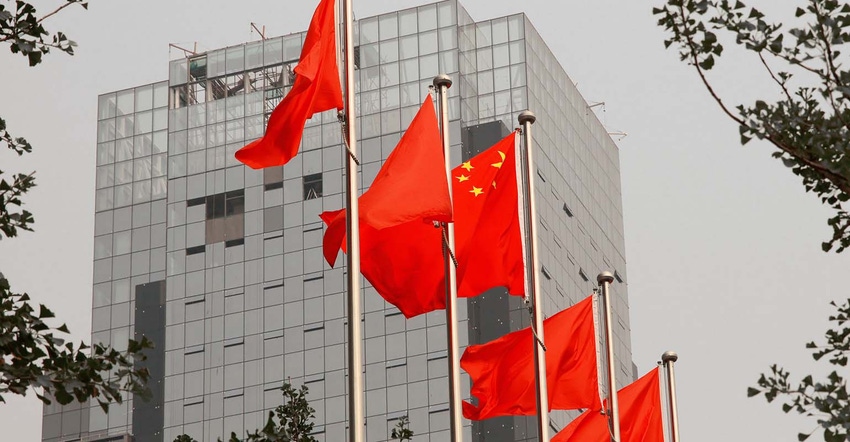June 27, 2018

USDA’s Economic Research Service evaluated China’s investment in foreign agricultural and food assets. The report, “China’s Foreign Agriculture Investments,” was authored by Elizabeth Gooch and Fred Gale.
What did the study find?
More than 1,300 Chinese enterprises had overseas investments in agriculture, forestry and fisheries valued at $26 billion in 2016. The investments include crop and livestock farming, fishing, processing, farm machinery, inputs, seeds and logistics in more than 100 countries. China’s National Bureau of Statistics reports that foreign investment in farming, forestry and fishing grew fivefold from 2010 to 2016. Increasing reliance on food imports, concerns about national food security and a rising stock of foreign reserves are among the factors that propelled growth in outbound investment.
Related article: China’s agricultural investment abroad Is rising
What’s the Chinese strategy?
Foreign investment in agricultural and food sectors is part of a broader initiative to encourage Chinese companies to become economically competitive by engaging in international markets. Government authorities and banks formulate strategic plans, broker deals, arrange credit and supply training and information services to encourage foreign investments. These investments contribute to national food security, gain a greater share of profits for Chinese companies from imported commodities, exert influence on global price determination, impart technical and managerial expertise, open new markets for Chinese products and project political influence abroad.
Where is China focusing its foreign investment?
Most of China’s investments have been in neighboring countries in southeast Asia, far east Russia and Africa. Agricultural investment is tied to China’s One Belt One Road Initiative, which targets countries between China and western Europe. Chinese companies seeking sources of dairy, beef and lamb imports have focused their investments and partnerships in New Zealand and Australia.
What is the One Belt One Road Initiative?
It’s a China-sponsored development strategy focused on connectivity and cooperation between Eurasian countries. Many foreign-aid-type investments in less-developed countries in the region are part of this initiative.
What about investment in the U.S.?
There has been relatively little Chinese investment in U.S. agriculture, apart from the Smithfield Foods acquisition in 2013. In 2014, North America received only 2% of China’s farming, forestry and fishing investment, the smallest of any continent. From 2008 to 2013, China acquired 12 to 25 pieces of U.S. farmland per year.
Are more mergers and acquisitions likely to be spearheaded by Chinese firms?
The report found that Chinese foreign investment strategies are shifting away from land purchases toward mergers and acquisitions. For example, state-owned company COFCO is gaining more control over commodity trading, processing and logistics. State-owned company Bright Foods is assembling various companies and brands under one umbrella. The privately owned WH Group acquired Smithfield Foods. China’s largest animal feed company, New Hope Group, has diversified its investments from feed mills in neighboring countries to joint ventures with Australian and New Zealand partners to meet growing demand for animal protein in China.
How was the study conducted?
The authors reviewed a broad selection of Chinese speeches, reports and news media to gain insights concerning China’s rationale and policy support for outward investment in agriculture. The report also synthesizes trends in China’s agricultural imports, examples of investments drawn from company reports and news media and databases of investments for certain countries and regions.
About the Author(s)
You May Also Like




